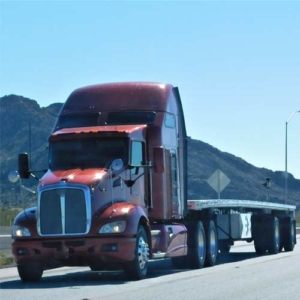Rapid cost inflation hits small carriers and businesses harder
From Transport Topics. The cost of used 3-year-old Class 8 trucks (UT3) has increased 70% over the past year, according to ACT Research. The average rate per mile for contracted van freight (VCRPM1) has only risen 20% over the same time. The disparate rate of increase between costs of operating and the sell rate for…

From Transport Topics.
The cost of used 3-year-old Class 8 trucks (UT3) has increased 70% over the past year, according to ACT Research. The average rate per mile for contracted van freight (VCRPM1) has only risen 20% over the same time. The disparate rate of increase between costs of operating and the sell rate for truckload capacity will curtail small business growth in the long run as well as put many more at risk for failure if the market turns.
While everything may be looking all right for most carriers at this point, there are many potential problems looming on the horizon as a result of such an inflationary environment, and the smaller business model has the highest level of exposure. First, we need to put the current market in the context of a similar environment that occurred not that long ago.
The recent level of demand has overwhelmed transportation infrastructures for nearly 18 months and has been difficult for many people to understand exactly how it has persisted with little sign of easing. It is highly unusual for transportation capacity to be in such a short supply for this long without some level of correction.
The demand side expansion in 2017-18 resulted in a dramatically oversupplied market in 2019. That cycle lasted roughly 10-12 months and was not nearly as expansive as the current environment. While the 2018 and this most recent demand cycle are very different in causation, there are many similar problems that can occur at the end.
In 2018-19 capacity expanded to meet demand. There was some reduction in industrial activity off of what was an overstimulated capital investment environment, but the unusually long period of tightened capacity inspired many fleets to expand rapidly without much inhibition — very unlike the most recent environment, which has been limited by supply chain bottlenecks for equipment production and increased hiring challenges. The 2019 freight market was an extremely deflationary period on the spot market, with many loads moving at discounts off their contracted rates.
See the complete article online at Transport Topics.
